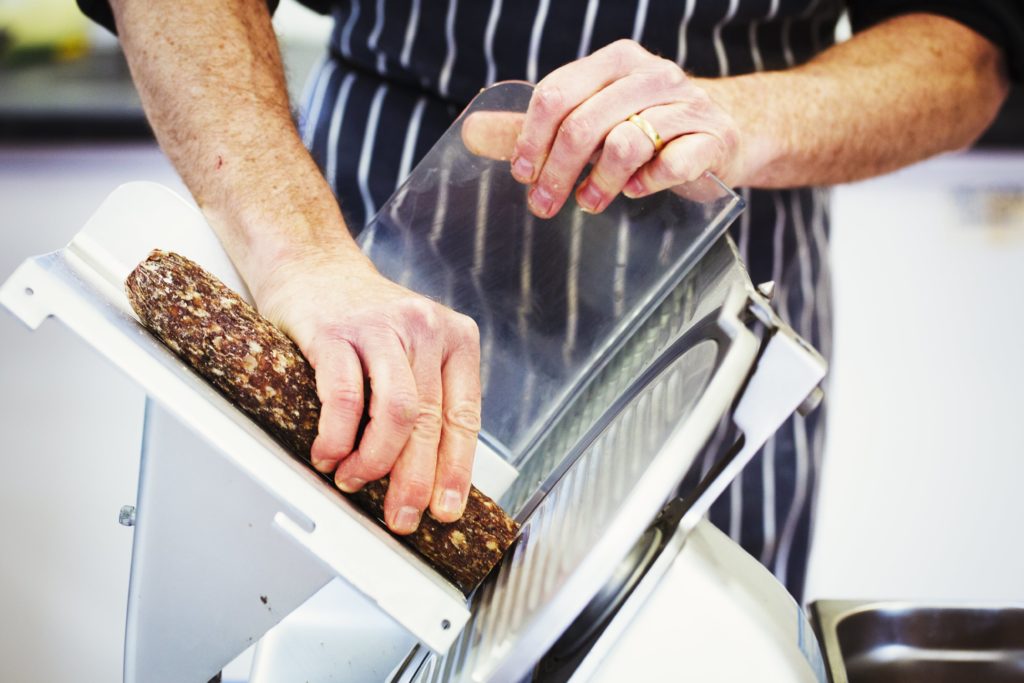
Chemicals Global a proud distributor of Best Sanitizers, Inc. provides Alpet® sanitizing hand soaps, hand sanitizers and surface sanitizers to help control the growth of L. monocytogenes in processing facilities. As the first company to achieve an E3 rating for an alcohol-based hand sanitizer and a D2 rating for an alcohol/quat-based surface sanitizer, we’re committed to delivering innovative solutions to our customers and partners.
Cleaning and sanitizing programs: Processors must create an inhospitable environment for Listeria through rigorous and regularly scheduled programs. Sanitation must encompass three distinct elements:
From utilizing listericidals to conducting finished product testing, a host of industry guidance documents, such as the Food and Drug Administration’s “Control of Listeria monocytogenes in RTE Food: Guidance for Industry,” outlines a comprehensive roadmap for building an effective management program. The following section summarizes a quartet of those all-important aspects.
1) The effective removal of soil from product contact surfaces, non-product surfaces, and other identified reservoirs of concern.
2) An effective rinse step.
3) Proper application of an EPA-approved sanitizing agent in accordance with proper contact time, concentration and temperature directions. Processors must utilize sanitizers in concert with manufacturer’s instructions and be cognizant of the fact that effective sanitization cannot be achieved without thorough cleaning and rinsing.
Equipment Design and Inspection: Hard-to-clean areas on and inside food processing equipment can foster the accumulation of water and food debris resulting in Listeria colonization and growth. Well-designed hygienic equipment, such as clean-in-place (CIP) technology, can significantly minimize contamination risks. Even with this cutting-edge machinery, food processors should regularly strip down equipment and deep clean areas that are difficult to reach (e.g., slicers and hollow sealed rollers) during daily cleaning. Quality assurance professionals should conduct a risk assessment to determine the frequency of deep cleaning.
Industry Best Practices: Controlling cross-contamination is an integral part of Listeria control initiatives. Through GMPs and employee training, it is important to impress on employees that adhering to defined personnel practices (e.g., good personal hygiene) and production practices (e.g., designated traffic patterns) can significantly reduce cross-contamination in facilities. Researchers have reported that recontamination from the processing environment is the principal source of Listeria contamination in RTE foods.
Environmental Monitoring Programs: Under the FDA’s Food Safety Modernization Act (FSMA), food production and processing facilities are required to have environmental monitoring programs in place as part of their preventive controls. Frequent and strategic sampling of the processing environment is necessary to establish that cleaning and sanitation procedures, as well as other Listeria control initiatives, are performing as intended.
Eng. Gerardo Medina

